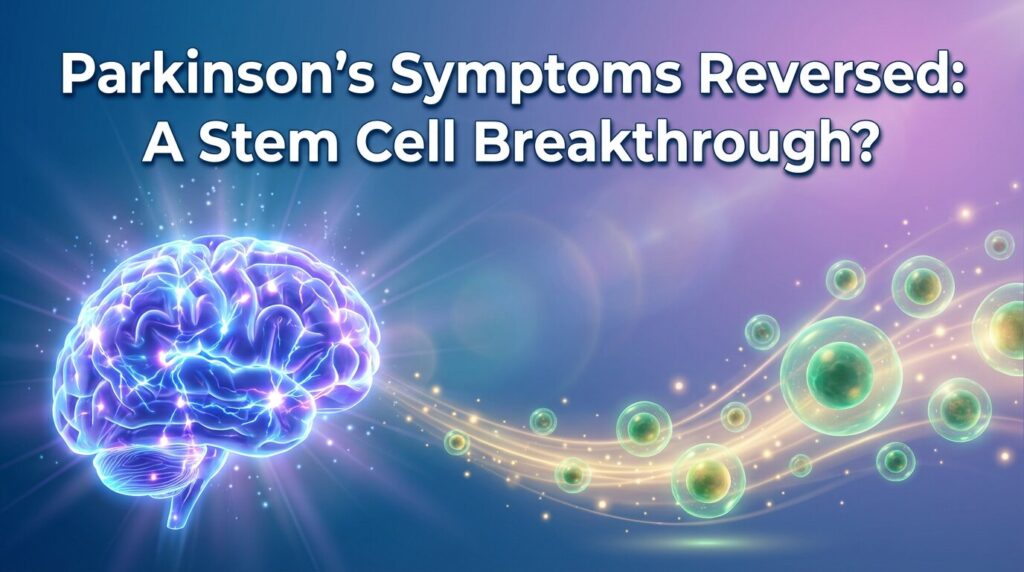In a recent episode of the UCLA Brainsport Podcast, the host interviewed Dr. Stanley Carmichael, the chair of the Department of Neurology, whose research focuses primarily on stem cells and brain injury recovery. The key objective of their discussion was to shed light on the current understanding, applications, and misconceptions surrounding stem cells in the realm of brain injury recovery.
During the first part of their conversation, the host shares his experiences dealing with patients suffering from traumatic brain injuries who have questions and hopes about stem cell treatments. He highlights the story of a 16-year-old patient whose parents, desperate for alternative therapies, paid $15,000 per treatment for a so-called “stem cell therapy” offered by a non-medical entrepreneur. This scenario underscores the increasing need for factual and reliable information about stem cells, their capabilities, and their limitations.
Dr. Carmichael explains that a true stem cell is a cell that can self-replicate and differentiate into any other cell type in the body. He clarifies common misconceptions, such as the mislabeling of adult stem cells, which are actually cell therapies like mesenchymal stromal cells (MSCs). He also emphasizes that stem cells are not used directly in therapy due to the risk of tumor formation.
Dr. Carmichael highlights two primary types of stem cells: embryonic stem cells, derived from embryos, and induced pluripotent stem cells, which can be sourced from adult human skin or blood. Although both embryonic stem cells and induced pluripotent stem cells are pluripotent, meaning they can form any tissue in the body, IPS cells require more rigorous handling when used as a human therapy due to potential mutations during the conversion process.
In conclusion, the podcast aims to educate listeners about the true nature of stem cells, their capabilities, and the current directions of stem cell treatment and research. Dr. Carmichael’s insights offer an invaluable perspective on the role of stem cells in brain injury recovery, while also addressing prevalent misconceptions in the field.
View full podcast below:



